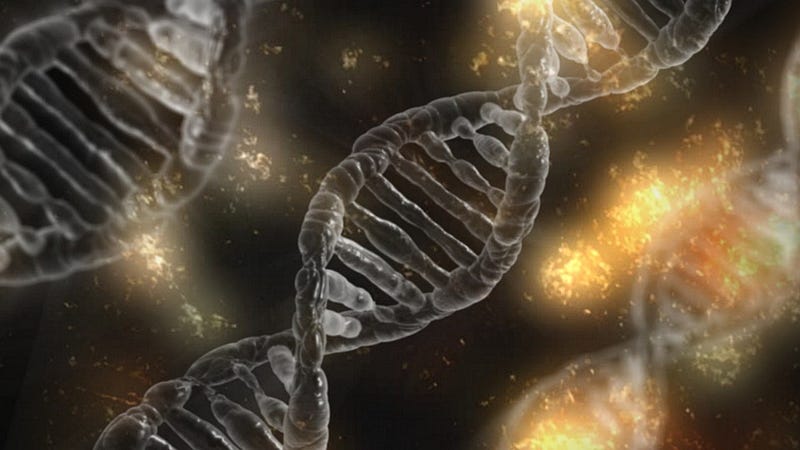CRISPR and Cholesterol: A New Era in Gene Editing Trials
Written on
Chapter 1: Introduction to CRISPR and Cholesterol
A pioneering human trial aimed at reducing genetically high cholesterol using CRISPR technology has officially commenced, with the first participant enrolled.

Over a year ago, a study involving crab-eating macaques demonstrated the potential of CRISPR in lowering LDL cholesterol levels. The crux of this research was to target the gene responsible for producing the PCSK9 enzyme. This enzyme typically attaches to LDL receptors on cell surfaces, facilitating the uptake of LDL into cells and thereby reducing its presence in the bloodstream. However, excessive PCSK9 production can result in receptor blockage, allowing LDL to linger and contribute to plaque formation.
Researchers successfully decreased the PCSK9 levels in these macaques by introducing a small alteration in the gene's sequence. Following just one injection, the macaques exhibited a remarkable 60% reduction in LDL levels that persisted for a minimum of eight months.
Section 1.1: Transition to Human Trials
Now, the same biotech company has announced the initiation of human trials. The first recipient of this CRISPR treatment is a man from New Zealand suffering from familial hypercholesterolemia, a genetic condition leading to elevated cholesterol levels. This procedure closely mirrors the macaque study, involving a single IV session to introduce a targeted misspelling in the PCSK9 gene.
Video Description: Gene-editing tool could help lower high cholesterol in patients.
The researchers plan to enroll approximately 40 additional participants for this trial, with results anticipated later in 2023. The timeline from macaque experiments to human trials is notably swift. What facilitated this rapid transition?
Section 1.2: The Role of Nanoparticle Delivery Systems
The key lies in the delivery technology, which is fundamentally linked to the mRNA COVID vaccines. The advancements made in the development of these vaccines enabled the company to expedite its research and application processes.
In a broader context, the implications of this research extend beyond familial hypercholesterolemia. High non-HDL cholesterol is a widespread concern, contributing to significant health issues globally. According to research, in 2017, high non-HDL cholesterol was linked to approximately 3.9 million deaths from ischemic heart disease and stroke, accounting for a considerable proportion of fatalities from these conditions.
Chapter 2: Risks and Future Prospects
Despite the promising results from the macaque studies, the CRISPR process is not without its challenges. While no severe side effects were observed in the primates, the gene-editing mechanism is not flawless. There is potential for unintended mutations or cells that escape the editing process. However, the primary goal is to reduce the overall activity of the PCSK9 gene, which should lead to a decline in LDL levels. The extent of this reduction remains to be seen.
Video Description: CRISPR Therapeutics - Clinical Trials.
I am eager to witness the developments in human CRISPR applications moving forward. Thank you for reading. If you are interested in broader discussions on science, technology, and philosophy, consider subscribing to my newsletter, Thinking Ahead.